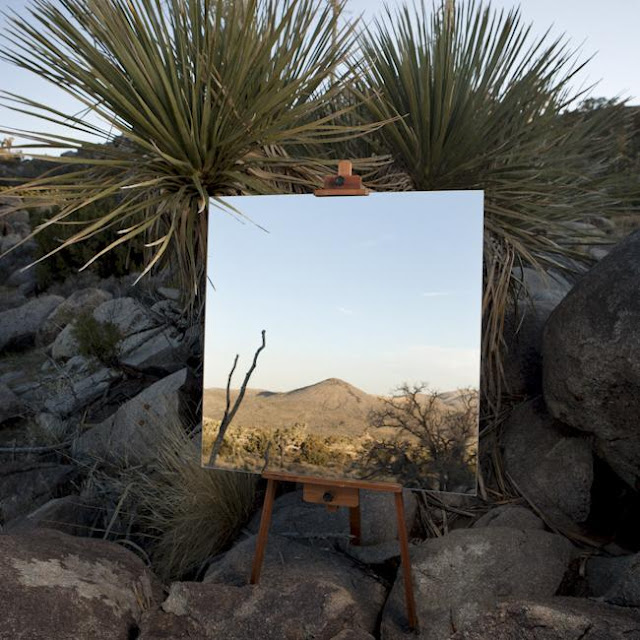Daniel Kukla: Mirror Landscapes
Sometimes, it's the most simple things that make a photo essay great. A single strobe light, a different colored backdrop, or a different wardrobe on a subject can make a viewer take a second look at a porttait. For landscapes, this can be a trickier, but Daniel Kukla has found a way to make an old format into something new by creating two landscapes in one. In his series The Edge Effect, the photographer combines contrasting scenes and colors to create mirror landscapes.
Daniel Kukla is a photographer who has a strong background in biological and anthropological science. His photography is therefore devoted to furthering these two fields, specially with regards to how humans have affected and shaped the natural world, and vice-versa. This passion is evident in his portfolio, from documenting the changing Malaysian landscape as forests give way to palm plantations to the weird effects of global warming in Alaska.
In March 2012 and as part of the Joshua Tree National Park artist-in-residence program, Kukla traveled to the park in order to document the unique flora and fauna in the region. On his previous visits to the park, the photographer had noticed the contrasting scenes of life and lifelessness in the borderlands between the different ecosystems in the park. He called his documentation of the region after its technical name: The Edge Effect.
In ecological terms, the edge effect is the contrasting phenomenon that happens at the meeting point between two different ecosystems. The abrupt change in the landscape may characterized by a patch of meadow stopping at a treeline, or growths of vegetation meeting a rocky desert. In Kukla's images, the juxtaposition is made at the borders of the lower elevation Sonoran Desert and the higher elevation Mojave Desert.
In order to capture the contrasting scenes of the desert landscapes in only one frame, Kukla used large, square mirrors placed on easels. These mirrors were specially placed so that they could reflect the opposing desert scene set against another. The effect is simple but magical: strong, blue skies are set against the reddish brown rocks and the orange sunset is visible against the twilight trees.
The placement of the mirrors on the easels also makes them look like works of art rather than simple photographs. It's as if they were artistic impression of what the landscape beyond looks like, and in most cases that's likely true. Thus, they are scenes of reality and fantasy rolled into one frame.
On a more serious note, Kukla mentions that these contrasting image-within-an-image serves a document of how the ecosystems work on a natural level. These studies are crucial to understanding how different species adapt to two different areas, and may later on provide answers to how best humans can plan out large cities as they encroach on the wild. For now, these pictures serve as a beautiful reminder of the unique landscapes the wild has to offer.
This is Daniel Kukla's website. The mirror landscapes of his Edge Effect project can be found here. For a different interpretation of landscapes by another artist-in-residence, check out Lisa Elmaleh's large-format photographs of the Florida Everglades.


















0 nhận xét:
Đăng nhận xét